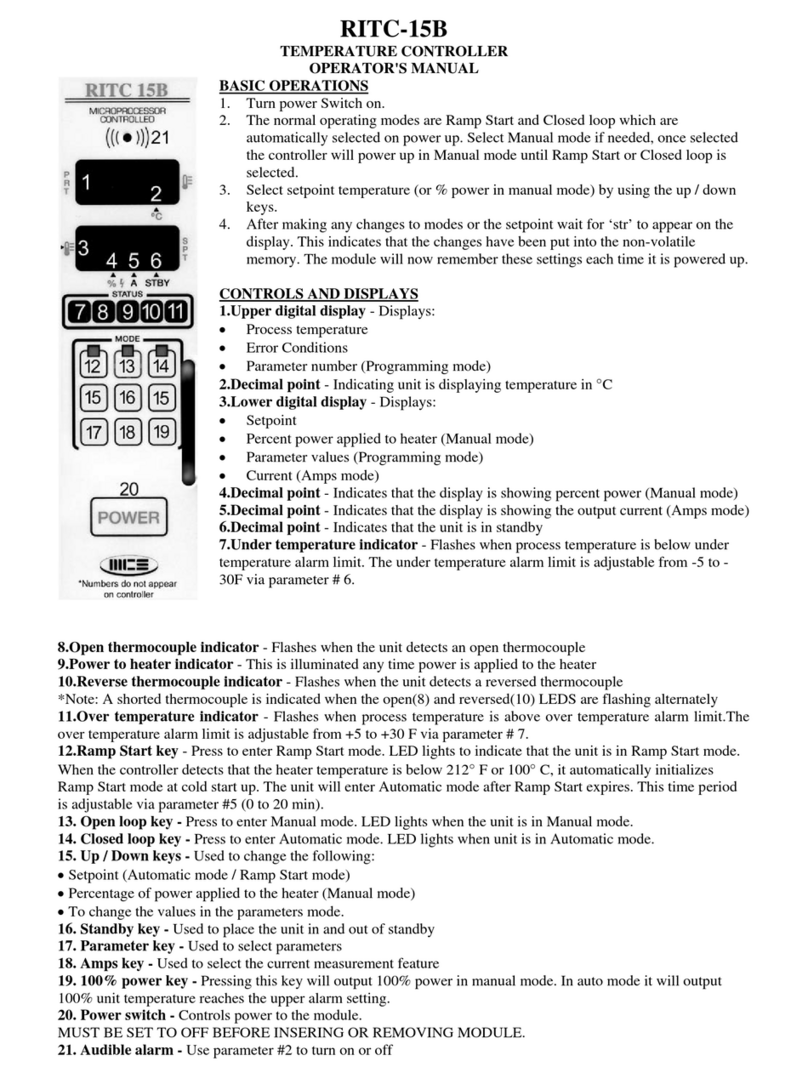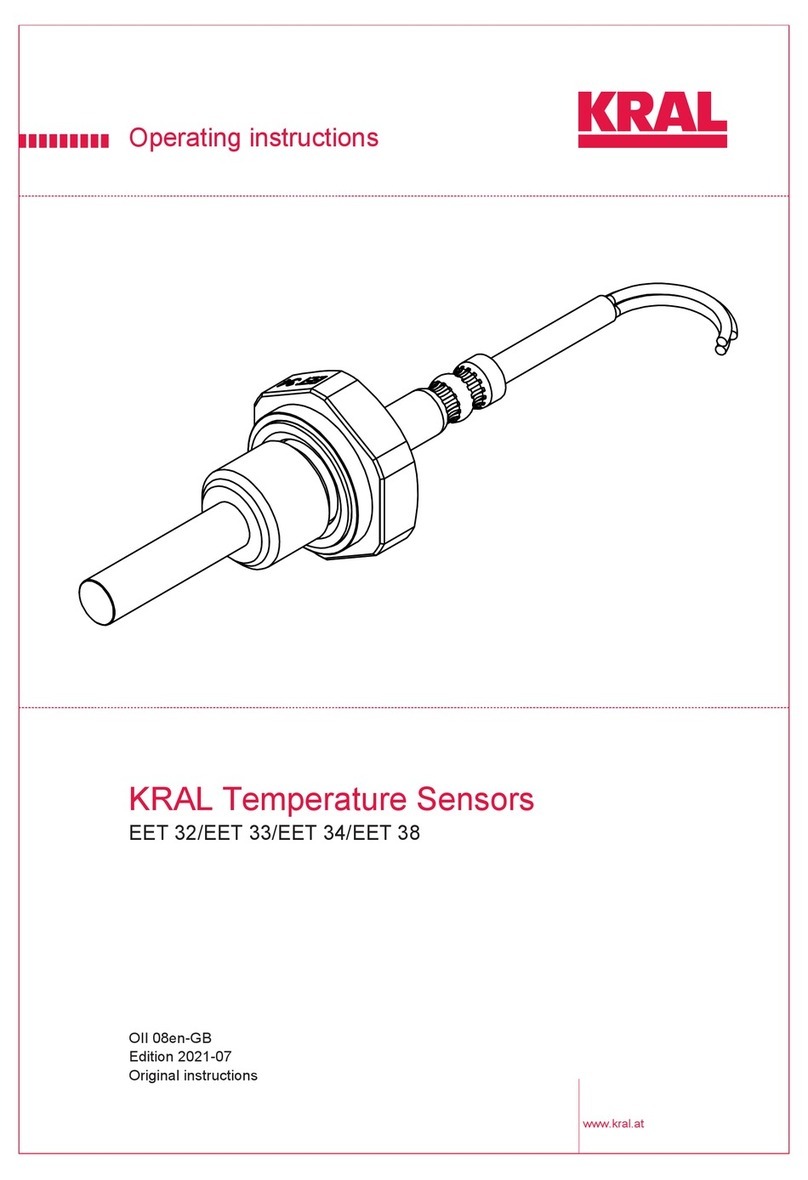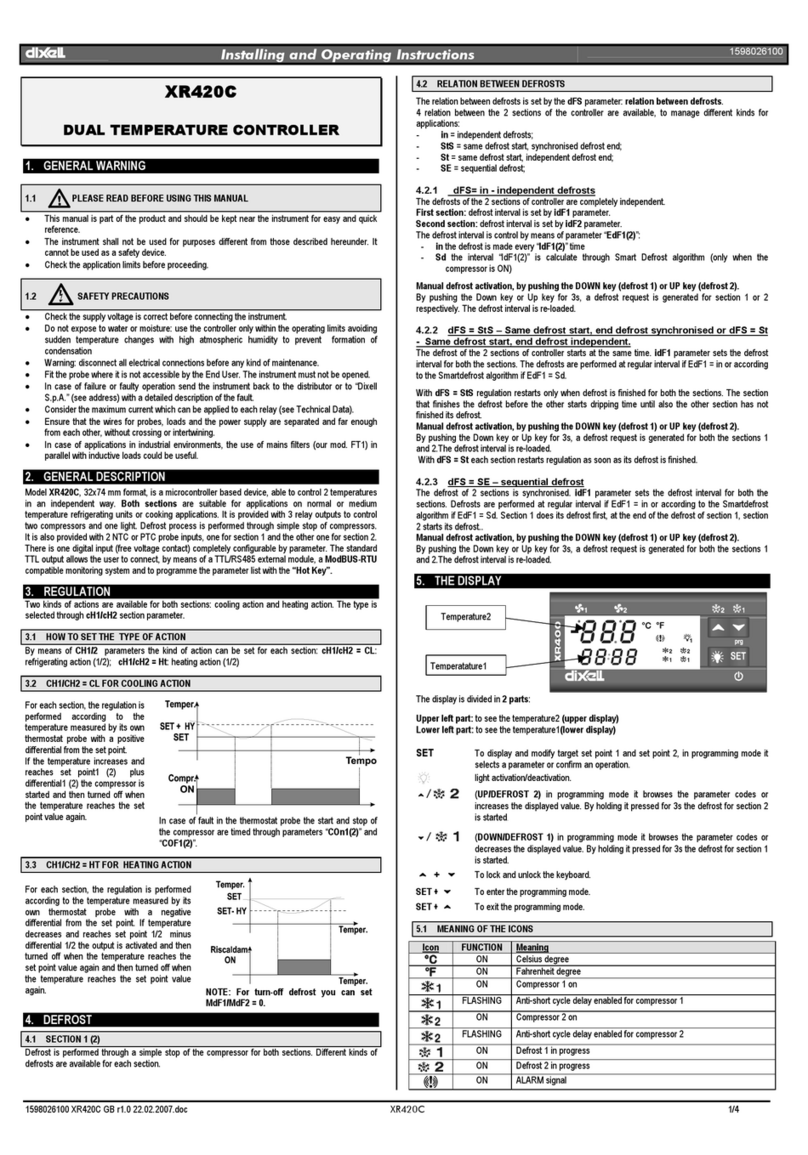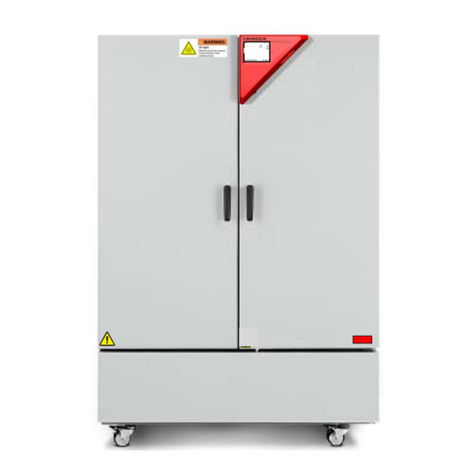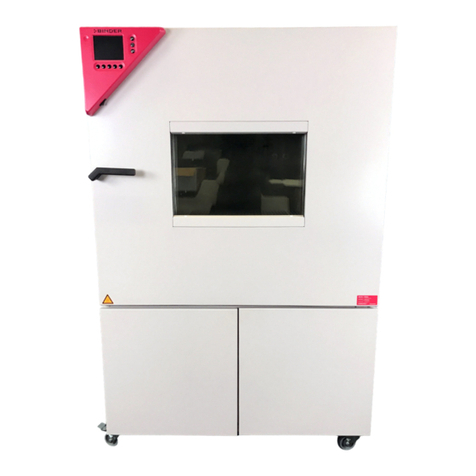
KBW (E6) 11/2016 page 3/147
8. TIMER PROGRAM: STOPWATCH FUNCTION...................................................40
8.1 Starting a timer program ...................................................................................................................40
8.1.1 Performance during program delay time.................................................................................41
8.2 Stopping a running timer program.....................................................................................................41
8.2.1 Pausing a running timer program ............................................................................................41
8.2.2 Cancelling a running timer program ........................................................................................42
8.3 Performance after the end of the program........................................................................................42
9. TIME PROGRAMS ...............................................................................................43
9.1 Starting an existing time program .....................................................................................................43
9.1.1 Performance during program delay time.................................................................................44
9.2 Stopping a running time program......................................................................................................45
9.2.1 Pausing a running time program .............................................................................................45
9.2.2 Cancelling a running time program..........................................................................................45
9.3 Performance after the end of the program........................................................................................45
9.4 Creating a new time program............................................................................................................46
9.5 Program editor: program management.............................................................................................46
9.6 Section editor: Section management ................................................................................................48
9.6.1 Add a new section ...................................................................................................................49
9.6.2 Copy and insert or replace a section.......................................................................................49
9.6.3 Deleting a section....................................................................................................................51
9.7 Value entry for a program section.....................................................................................................51
9.7.1 Section duration.......................................................................................................................52
9.7.2 Set-point ramp and set-point step ...........................................................................................52
9.7.3 Light commutation and special controller functions via operation lines...................................54
9.7.4 Temperature setpoint ..............................................................................................................55
9.7.5 Fan speed setpoint..................................................................................................................55
9.7.6 Tolerance ranges.....................................................................................................................56
9.7.7 Repeating one or several sections within a time program.......................................................57
9.7.8 Saving the time program .........................................................................................................58
10. WEEK PROGRAMS.............................................................................................59
10.1 Starting an existing week program....................................................................................................59
10.2 Cancelling a running week program..................................................................................................60
10.3 Creating a new week program ..........................................................................................................61
10.4 Program editor: program management.............................................................................................62
10.5 Section editor: Section management ................................................................................................63
10.5.1 Add a new section ...................................................................................................................64
10.5.2 Copy and insert or replace a section.......................................................................................65
10.6 Value entry for a program section.....................................................................................................65
10.6.1 Set-point ramp and set-point step modes................................................................................65
10.6.2 Weekday..................................................................................................................................66
10.6.3 Start time .................................................................................................................................66
10.6.4 Temperature setpoint ..............................................................................................................67
10.6.5 Fan speed setpoint..................................................................................................................67
10.6.6 Light commutation and special controller functions via operation lines...................................68
10.7 Deleting a week program ..................................................................................................................68
11. NOTIFICATION AND ALARM FUNCTIONS ........................................................69
11.1 Notification and alarm messages overview.......................................................................................69
11.1.1 Notifications.............................................................................................................................69
11.1.2 Alarm messages......................................................................................................................70
11.2 State of alarm....................................................................................................................................70
11.3 Resetting an alarm, list of active alarms ...........................................................................................71
11.4 Tolerance range settings...................................................................................................................71
11.5 Activating / deactivating the audible alarm (alarm buzzer)................................................................72



